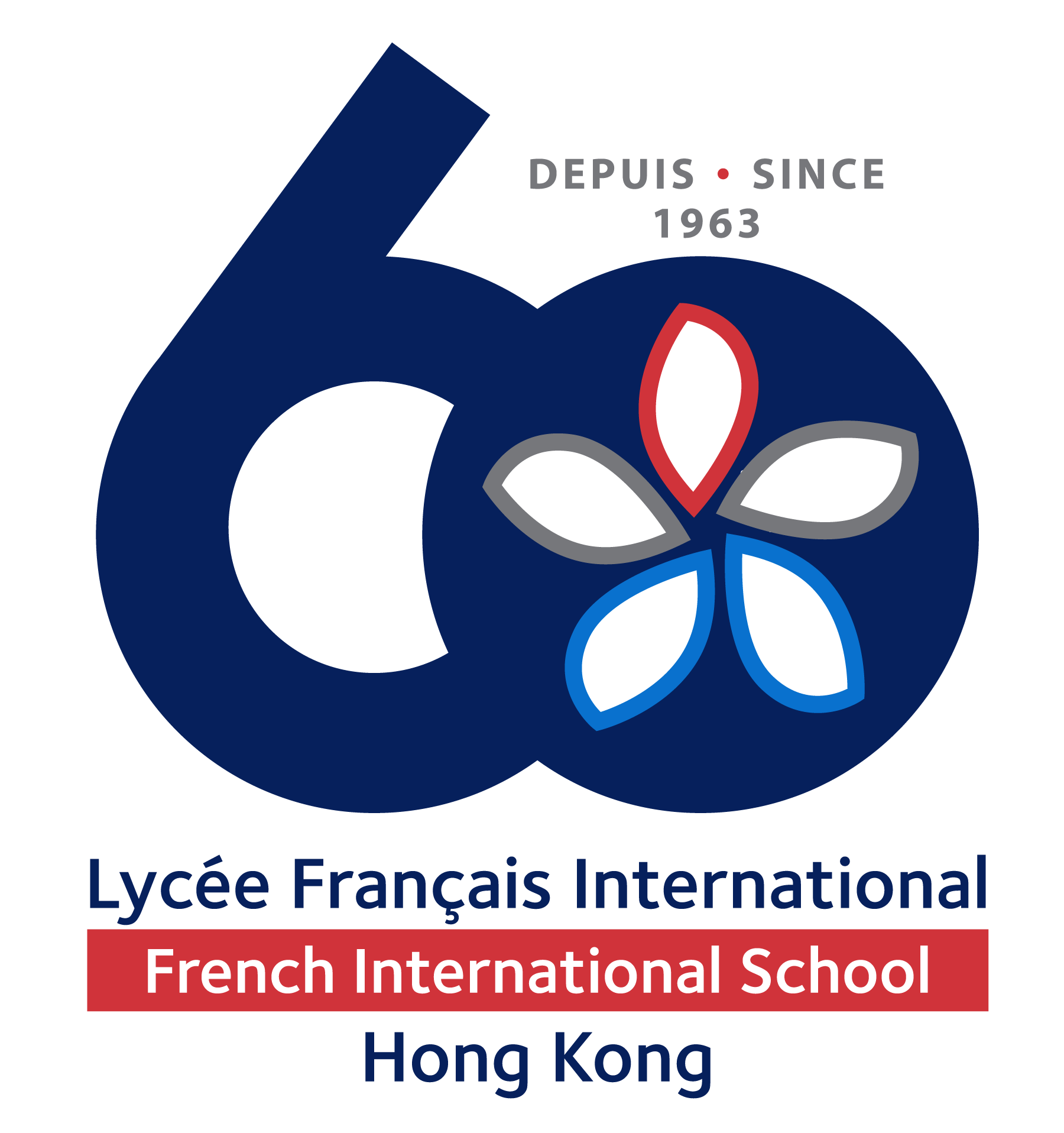Using chatGPT and other generative AI
For years, artificial intelligence (AI) has been the subject of science fiction stories but is now part of our daily lives. Today, the internet is flooded with news about chatGPT and the like. Microsoft has invested billions of dollars in OpenAI (the company that created chatGPT). Google and Baidu have recently announced their competitors. These so-called generative AI are able to produce content in less time than it takes to ask a question. For example, it can
- Write a five paragraph essay on the causes of World War 2.
- Summarise a webpage.
- Answer an email.
- Generate a recipe with specific ingredients.
Of course any new technology like this brings with it both threats and opportunities. At French International School, we are trying to have a measured approach which will ultimately help the students. For example, students can use them as an editing tool to check spelling, to rephrase, summarise or simply find inspiration. But in order to get good outcomes, students need to refine their prompt (i.e. the sentence you write to tell the AI exactly what to do). They are also invited to acknowledge what tools and prompts have been used. Finally, AI can be seen as a powerful assistant teaching tool.
Most importantly, students need to understand that information provided by AI can be unreliable. To quote OpenAI’s co-founder Sam Altman, it often creates “a misleading impression of greatness”. It produces “hallucinations” (words or facts that the AI makes up to fill in the gaps). Because of the dataset they have been trained on, AI systems contain biases and stereotypes. Students are therefore encouraged to develop critical thinking skills by verifying the answers the system churns out.
But students must be able to write on their own without the aid of a crutch. Regarding written or graded assessments, students must write by hand or may use computers with restrictions put in place by our IT department. Either way, students must be able to explain verbally what they have written. Alternatively, teachers may switch to the flipped classroom model. Lectures at home, classes are for homework. By doing so, teachers can ensure that students hand in self-generated text.
Committed to helping not only students but also teachers to use AI, we offer weekly training sessions so that our staff are up to date with the latest developments in the technology. And rather than accelerating an arms race against an increasingly sophisticated technology, we embrace this opportunity to enhance pedagogy.
Finally, due to the rapid and ever changing landscape of AI, we are mindful of the fact that any statements made today can be obsolete tomorrow. As we move to the end of this academic year and into the next, we will be working on more sophisticated ways of approaching both the challenges and opportunities that AI creates. You can get an overview of our thinking on this subject by consulting this document.





